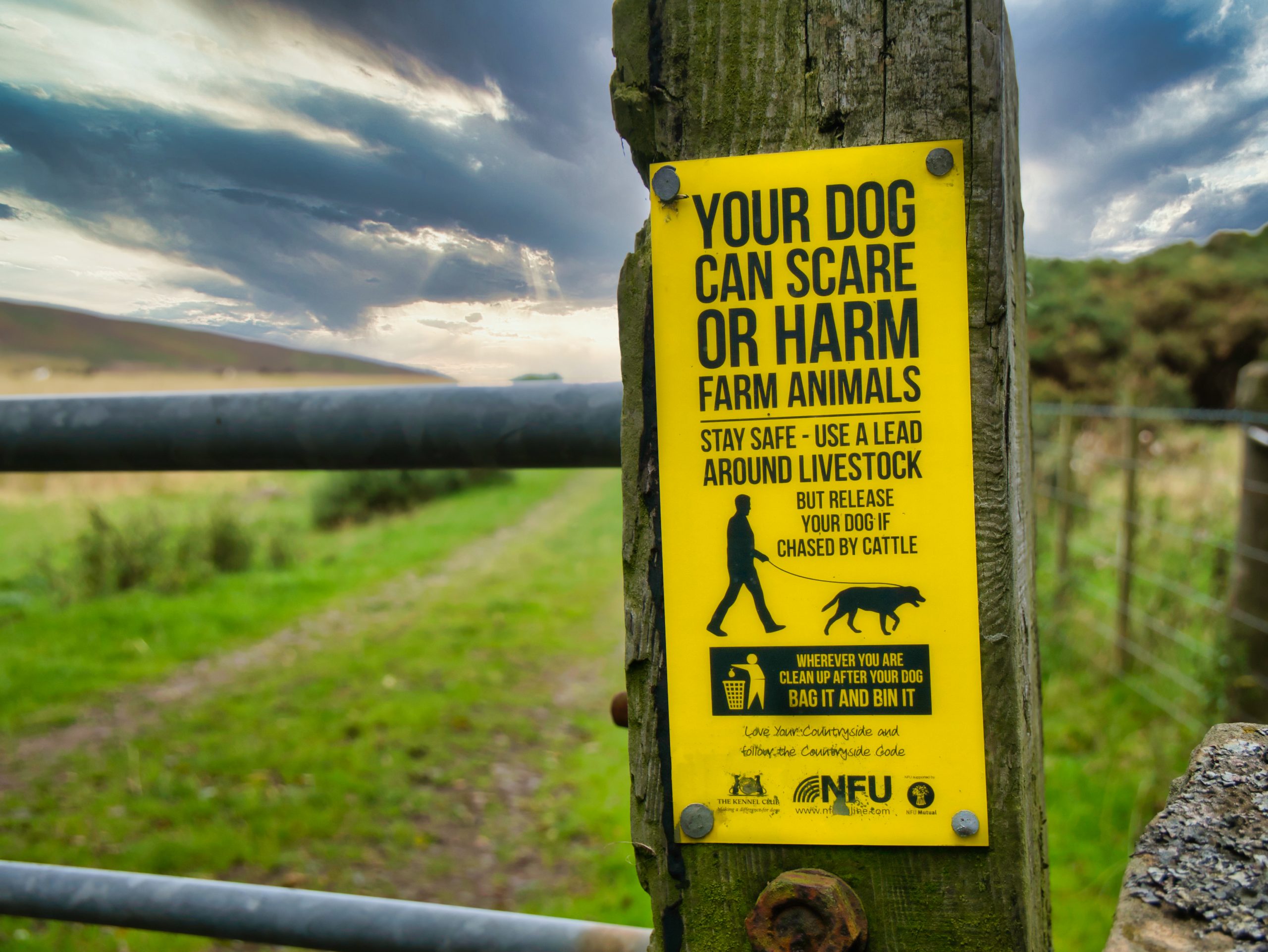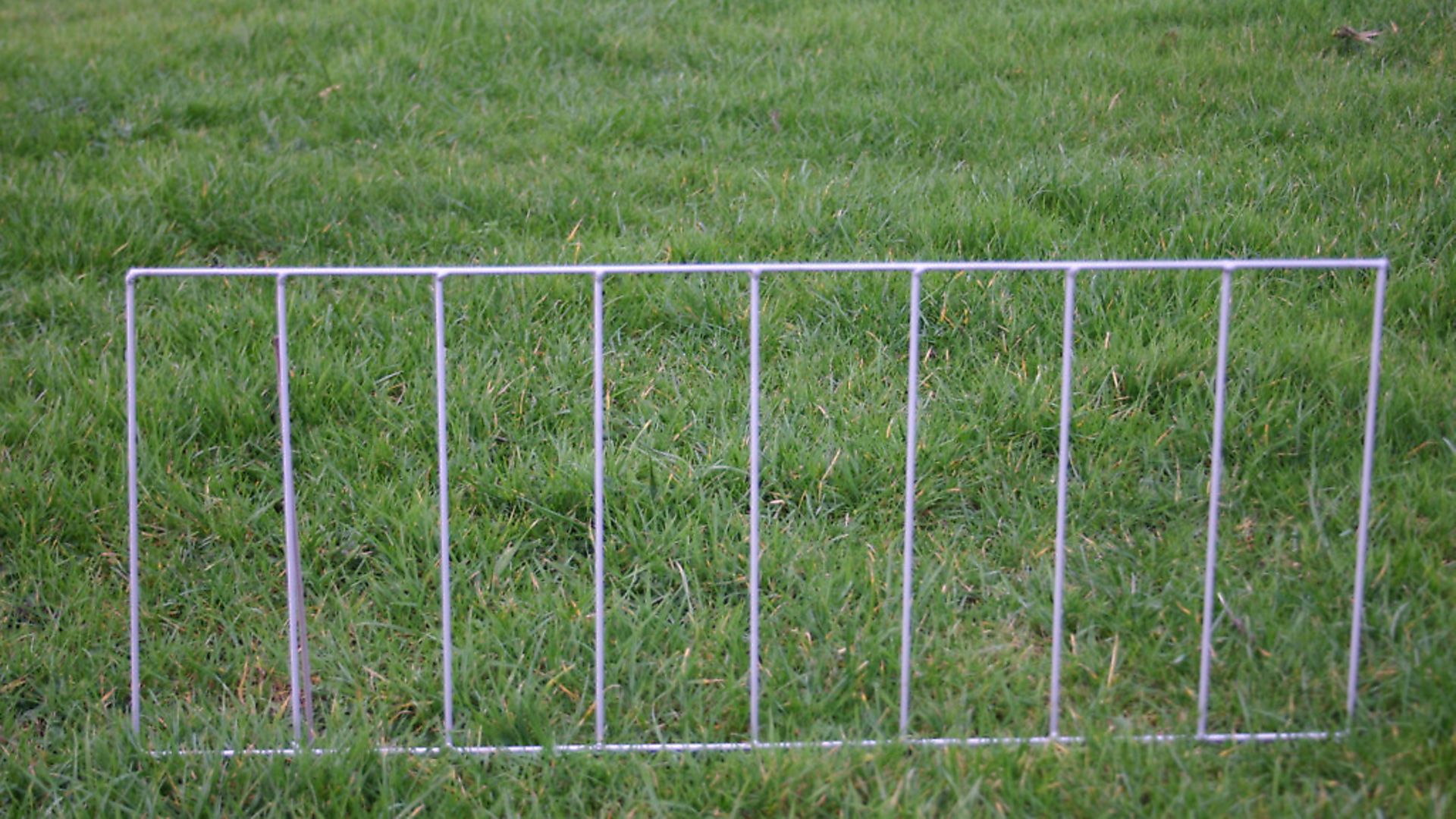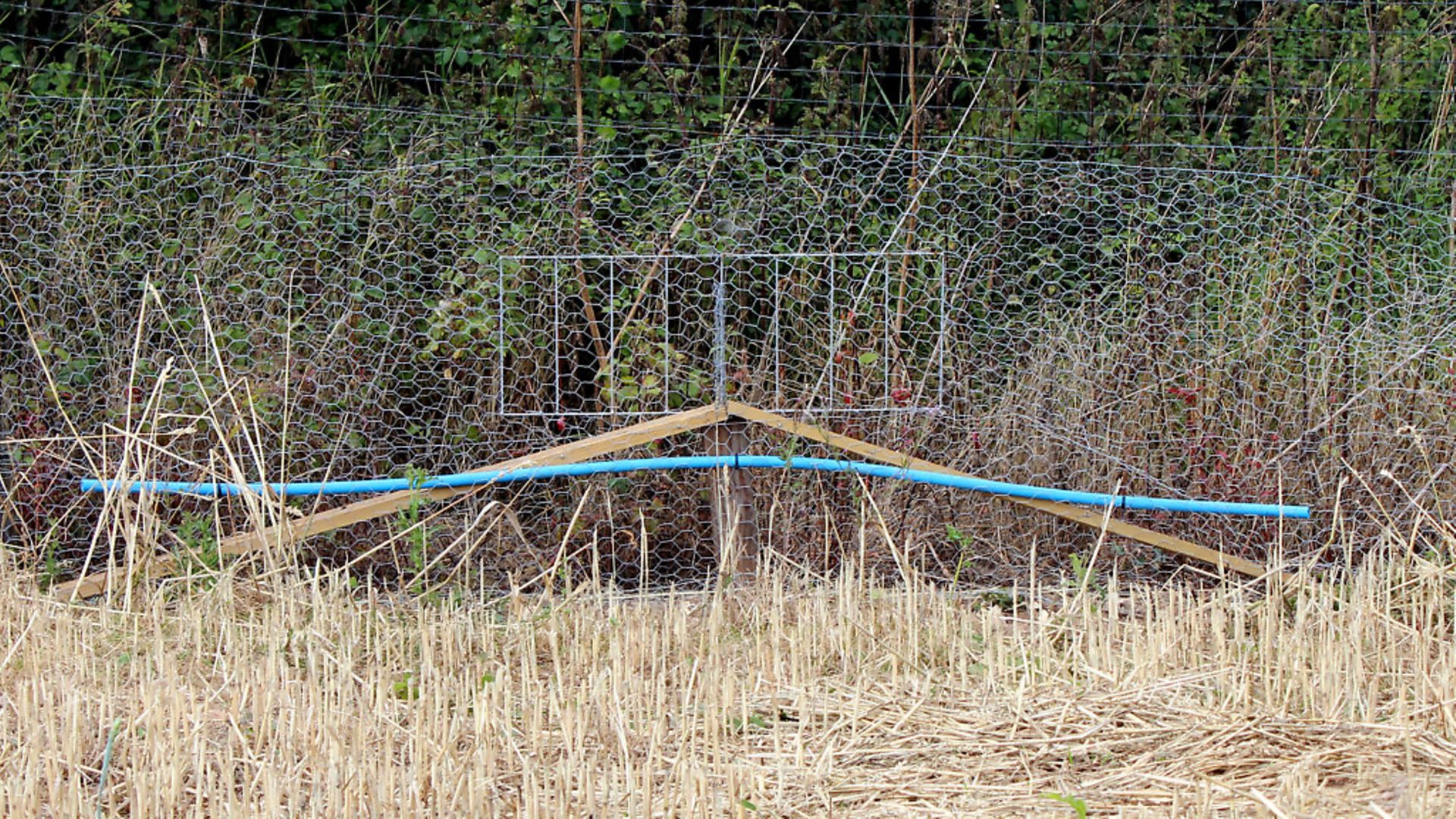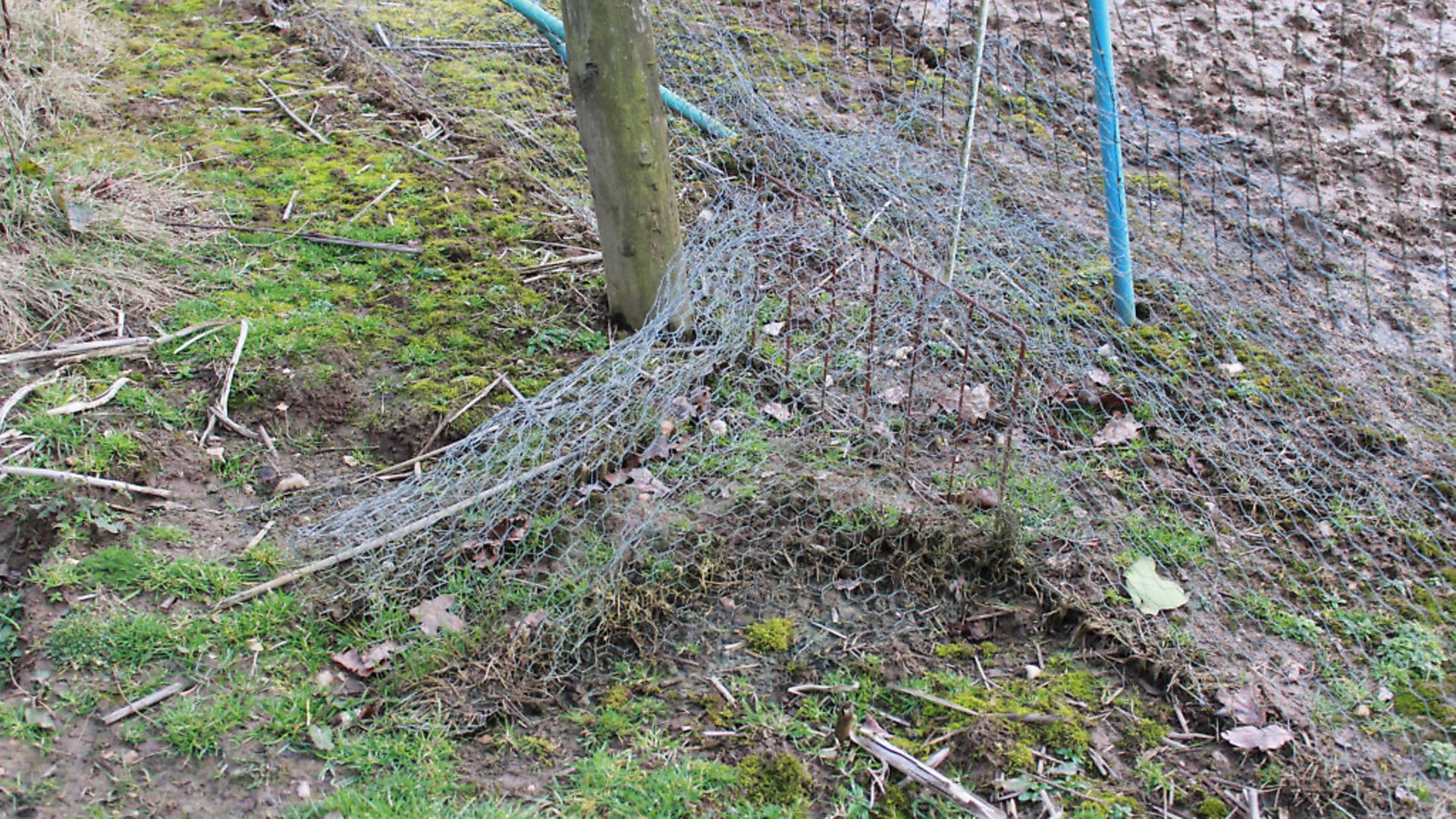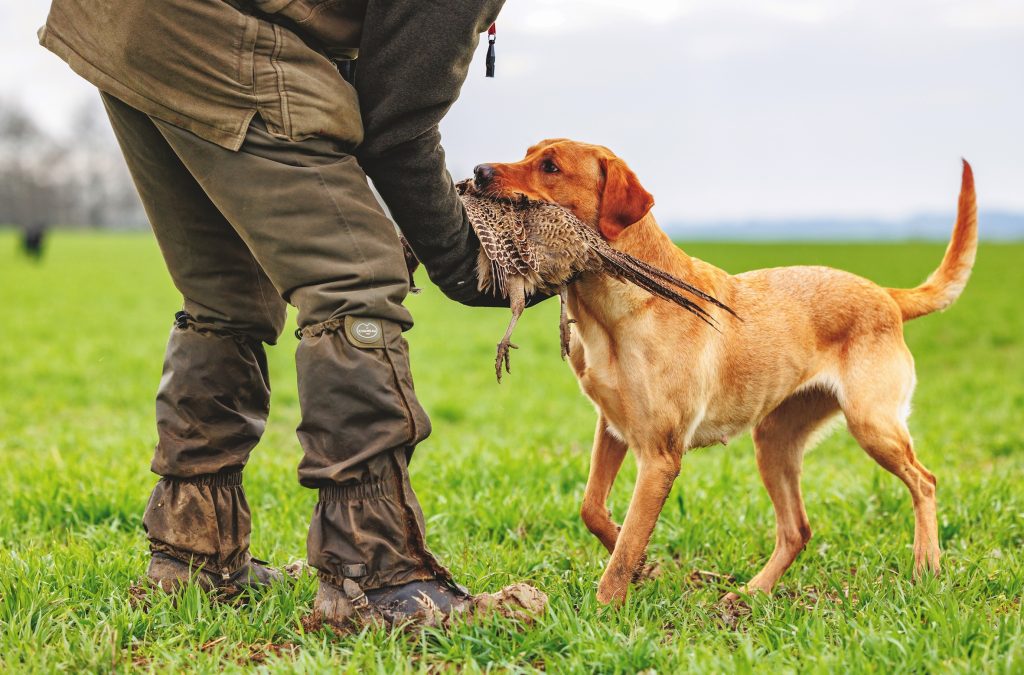Pop goes the pheasant
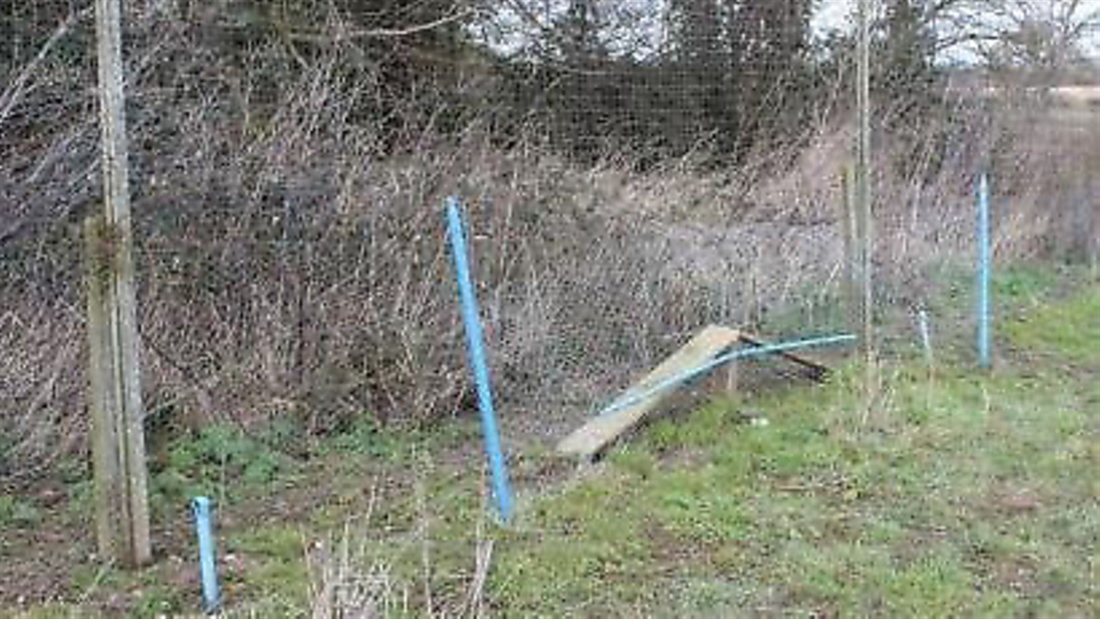
Expert advice on what you will need to consider when the time comes to release your game birds and you want to make popholes for your new release pen
Q: I’m building a new pen. What do I need to consider for popholes?
GRAHAM CROCKER replies: Popholes and fox grids are often a subject of debate between shooting friends and everyone has a different viewpoint. I think we need to evaluate what we are trying to achieve by using the pophole and how that fits with the pheasant.
Firstly, we need the young poults to get back in the pen as quickly as possible. Young poults outside the fence can be easy pickings for predators. They will also encourage more poults to join them and, before you know it, poults will be wandering too early and will have lost all sense of home and safety. I don’t believe in closing off run-ins in the early days as some people do as any young poults that do escape are immediately trapped outside. Young poults shouldn’t be able to escape through your fox grids if they are working properly.
All popholes should have guide fences to help funnel the birds towards the pophole. Fox grids come in all sorts of different designs, but normally the vertical bars would be gapped at 3.75” to allow the poults to go through, while narrow enough to stop a fox or badger. Some fox grids are manufactured with slightly wider gaps but have flap wires which the birds are supposed to push through to regain entry to the pen.
Popholes need to be positioned at least every 50m around the circumference. Position the popholes where the young birds are likely to be guided back into the pen the easiest. Don’t position them near undergrowth where the young birds can dive for cover and not go into the guide fences. Also beware of siting them near very wet areas as pheasant traffic will soon make them very dirty and unhealthy places for pheasants to be.

